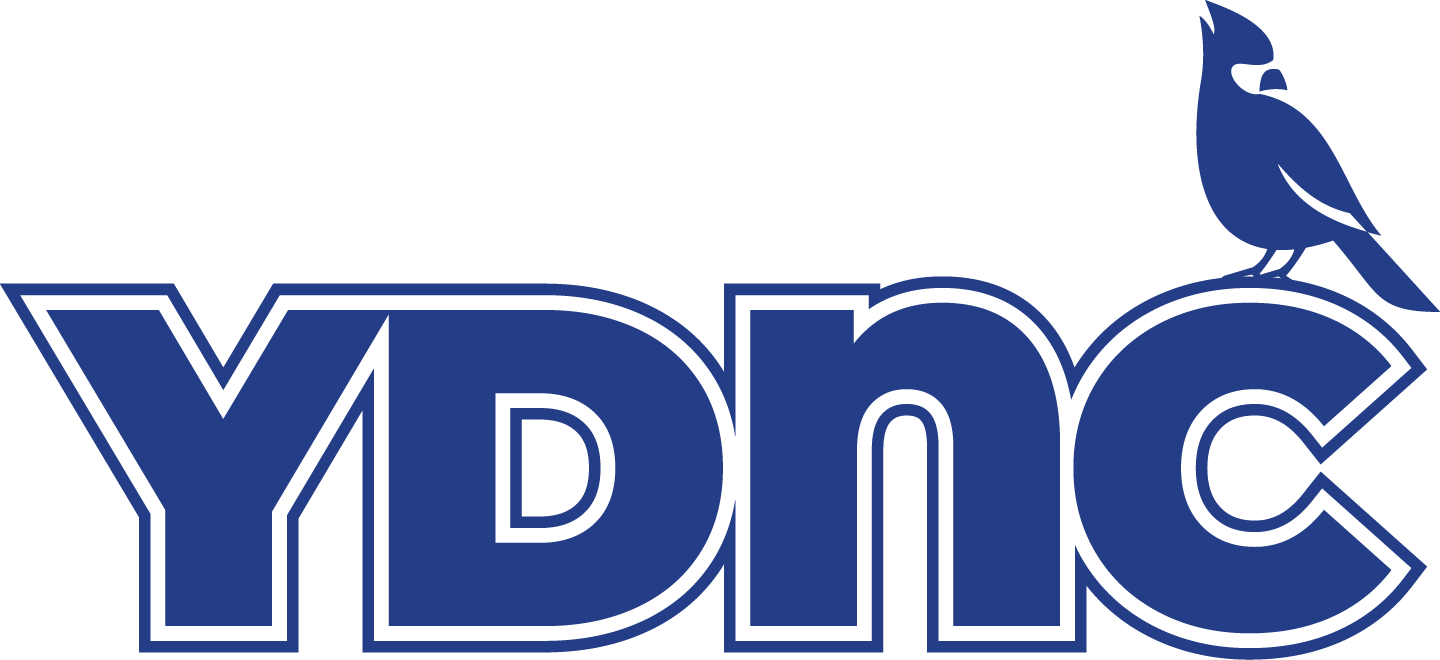
Making A Modern YDNC
Young Democrats of North Carolina
July 27, 2021
###
About the Young Democrats of North Carolina
The Young Democrats of North Carolina is the statewide federation of Young Democrats clubs in North Carolina, with membership open to registered Democrats within the ages of 16 and 35. Founded in 1928, YDNC is the oldest Young Democrats organization in the United States and the founding chapter of the Young Democrats of America.
